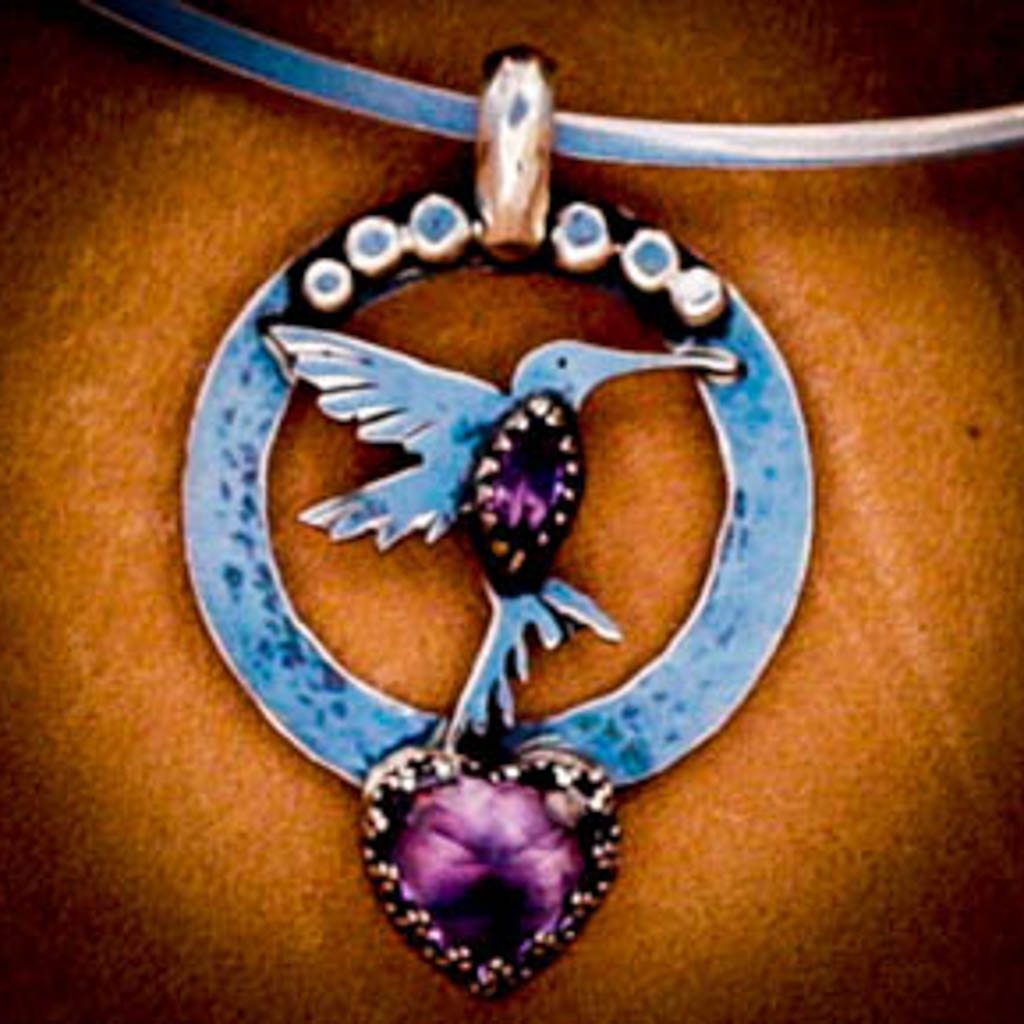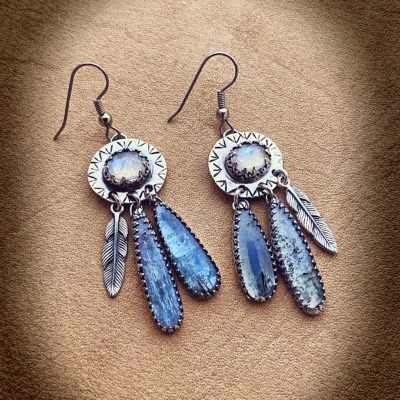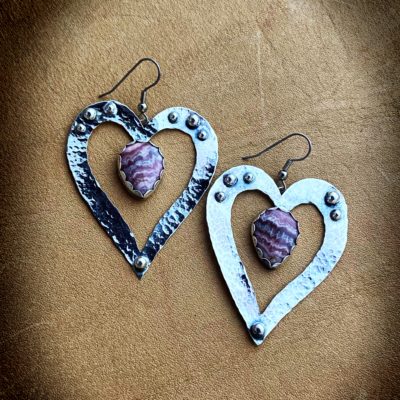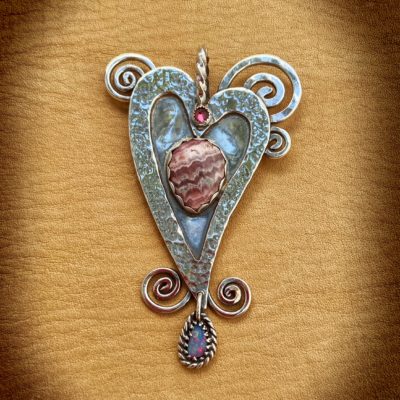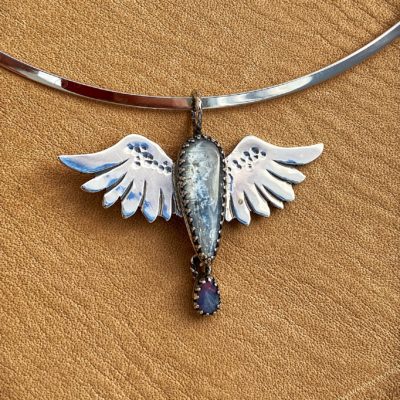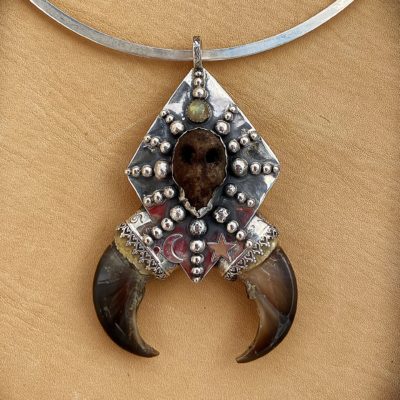Sterling silver has been used to create jewelry by different cultures across the world.
However, different Native American tribes have created their own unique style which has been passed down for generations.
Pure silver is too soft for handcrafted jewelry. While the precious metal needs to be moulded and carved, if it is too soft the designs will bend.
To create a silver which traditional jewelry makers can work with another alloy is added. This is usually copper.
A piece of sterling silver will be marked “sterling” or “.925” this means that the silver content is 92.5% silver, and 7.5% alloy.
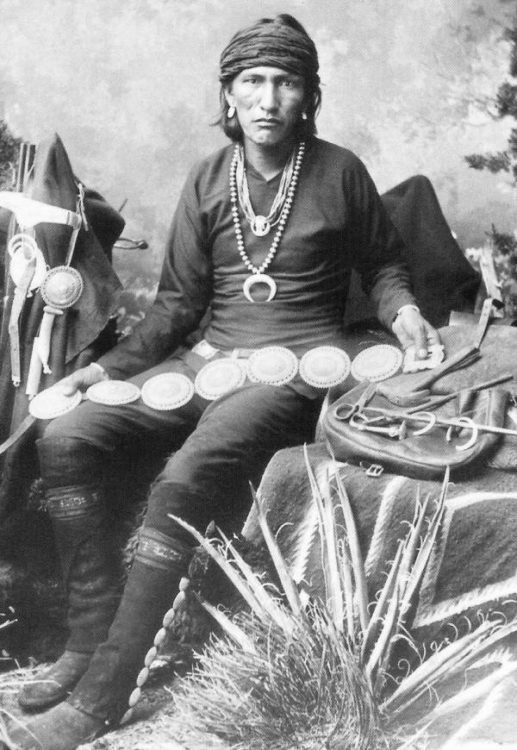
Navajo silver smith
Navajo silversmiths
The Navajo were the first silversmiths. They created pieces around the natural shapes of precious stones.
They create unique jewelry pieces using channel inlay. This meant that the stones were set apart with silver running between them.
These pieces are finely carved and symbols are carved into the silver which represent the natural world.
Zuni stone smiths
Rather than silversmiths, the Zuni craftsmen are often referred to as stone smiths. They cut and shaped gemstones so they fitted into a specific geometric designs or patterns.
These patterns are much more complex than those of the Navajo. The Zuni were masters of creating narrow stones pointed at each end, often called needlepoint.
They also cut small stones in the shape of ovals and teardrops clusters. These were known as petit point.
Hopi silversmiths
The Hopi are often referred to as the masters of silver smithing.
They use silver overlays and cut-out designs which were heated until the pieces were bound together.
This resulted in the piece underneath becoming blackened in the heating process creating a stunning etched effect.
The Hopi didn’t use stones as much, relying on their suburb silver carving techniques to create magnificent pieces.

